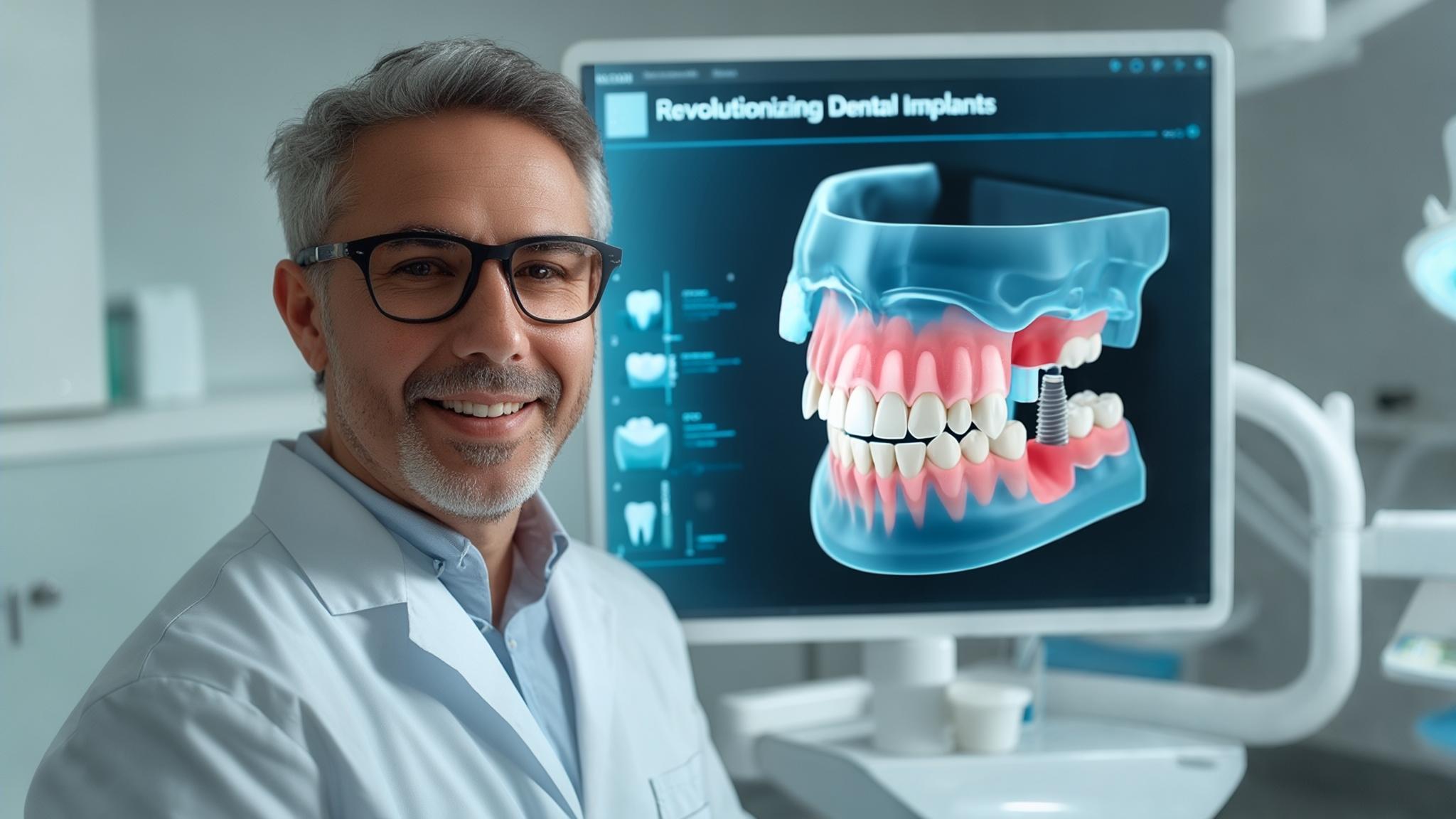Understanding Dental Implants
Dental implants are a revolutionary solution in modern dentistry, offering a permanent replacement for missing teeth. They consist of three main components: the implant, which is a titanium post surgically inserted into the jawbone; the abutment, which connects the implant to the crown; and the crown itself, which is the visible part of the tooth.
The dental implant procedure involves several steps, starting with the surgical placement of the implant into the jawbone. After a healing period that allows the implant to fuse with the bone, the abutment is attached, followed by the crown. Unlike bridges or dentures, dental implants provide a stable, long-lasting solution that mimics the function and appearance of natural teeth.
The Importance of Accurate Implant Placement
Successful implant placement hinges on several critical factors, including the quality and quantity of bone, as well as anatomical considerations like nerve location and sinus proximity. Inaccurate placement can lead to complications such as nerve damage, sinus perforation, or even implant failure.
Pre-surgical planning is essential to minimize these risks and ensure optimal outcomes. By carefully assessing the patient's anatomy and planning the procedure, dentists can significantly increase the chances of success.
Introduction to 3D Imaging Technology
3D imaging technology, particularly Cone Beam Computed Tomography (CBCT), has transformed dental diagnostics. Unlike traditional 2D X-rays, which provide limited views, 3D imaging offers a comprehensive view of the patient's anatomy, including bone structure and density.
The advantages of 3D imaging are numerous. It provides detailed anatomical information that helps in precise diagnosis and treatment planning, making it an invaluable tool in modern dentistry.
How 3D Imaging Enhances Implant Placement
Pre-Surgical Planning
3D imaging plays a crucial role in pre-surgical planning by offering a detailed analysis of bone structure and density. It allows dentists to identify critical anatomical landmarks, such as nerves and sinuses, ensuring implants are placed in the optimal position.
Moreover, 3D imaging data can be used to create customized surgical guides, enhancing the precision of the procedure.
Surgical Accuracy
The precision of implant positioning is greatly enhanced by 3D imaging. Computer-assisted implant surgery (CAIS), which relies heavily on 3D imaging, allows for meticulous planning and execution.
For example, in one case study, the use of 3D imaging reduced the risk of nerve damage and improved the overall success rate of the implant procedure.
Post-Surgical Assessment
After surgery, 3D imaging is invaluable for evaluating the success of the implant. It helps monitor for potential complications and ensures the implant is integrating well with the bone.
Safety Considerations with 3D Imaging
While 3D imaging involves radiation exposure, it is generally considered safe when proper protocols are followed. The radiation dose from CBCT is significantly lower than that of traditional CT scans.
Dental practices adhere to strict guidelines to ensure the safe use of 3D imaging, addressing any patient concerns about radiation exposure.
Future Trends in 3D Imaging and Dental Implants
Emerging technologies in 3D imaging, such as artificial intelligence integration and enhanced imaging software, promise to further revolutionize dental implantology. These advancements are expected to improve patient outcomes and experiences, making procedures even more precise and less invasive.
As technology continues to evolve, the future of dental implants looks promising, with 3D imaging at the forefront of innovation.
Conclusion
The integration of 3D imaging in dental implantology has significantly enhanced the accuracy and safety of implant placement. By providing detailed anatomical insights and facilitating precise surgical planning, 3D imaging technology is transforming patient care.
Dental professionals are encouraged to adopt this modern technology to improve clinical outcomes and offer patients the best possible care.
References
- "The Role of 3D Imaging in Implant Dentistry," Journal of Dental Research.
- "Advancements in 3D Imaging for Dental Implants," Dental Technology Journal.
- "Safety and Efficacy of CBCT in Dental Practices," American Dental Association.

